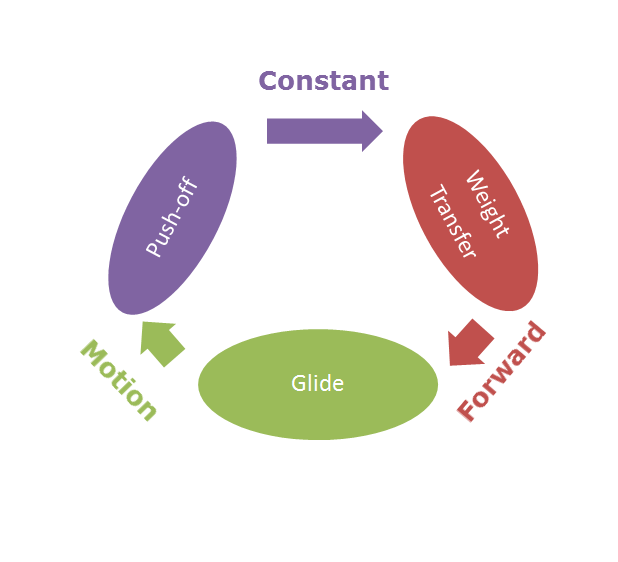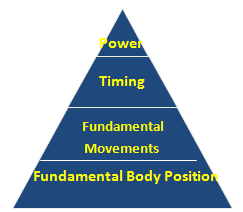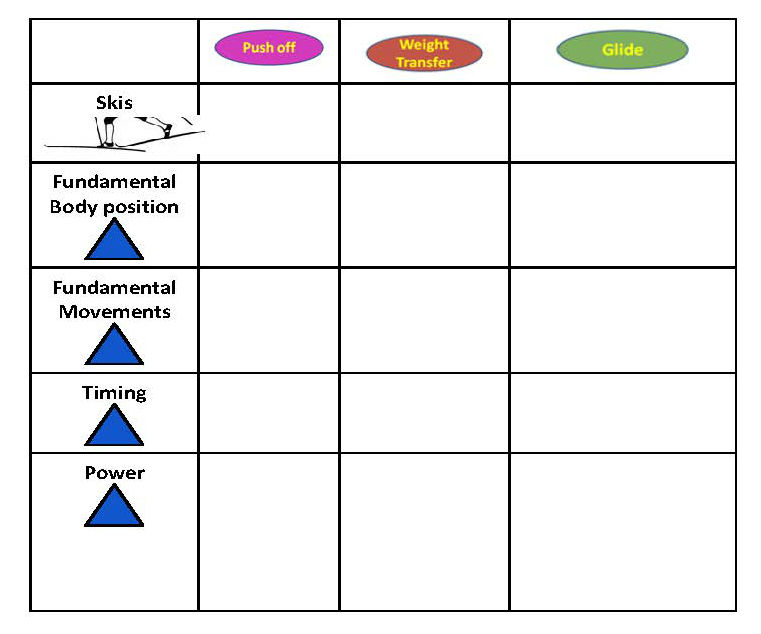N-Mail By Jim Sanders
Greetings Nords! Your N-mail is back, just like winter. You can’t avoid it. And why would you want to?
I know. It’s been a while since you’ve had your N-mail. When time passes, things can change. It’s hard to keep up, but we must. And that is part of the reason for N-mail’s very existence: to help you keep up with changes. Our team of N-mail writers, editors, and reporters caught up with XC Chair Person, Patti Banks for an interview to find out about changes in the PSIA-RM XC world for the coming season. Here’s what went down.
N-mail: So Patti, what’s the biggest change in our division’s Nordic Certification program these days?
Patti: Well, I think it’s the fact that Exam Prep Clinics and Certification Exams will be held on alternating years. And, they are guaranteed to go. In the past, we would schedule both Prep Clinics and Exams every year, but quite often we would have to cancel one or the other (or both) because of lack of participation. I’m sure this was highly frustrating for Nordic members who prepared for and expected an event, only to have it cancelled a couple of weeks before it was to take place. Now, even though events are every other year, they are guaranteed to take place, even if only one person signs up.
N-mail: So what does this mean for members as far as planning and training for certification?
Patti: It means folks need to think and plan ahead! If you want to get certified for XC Level 2, 3, or RMT, you need a training plan that spans at least two seasons, allowing time for the mandatory prep clinics. That being said, Level 1 Prep Clinics and Cert. Exams will still be available each year, usually in the early part of the season. Our first XC Level 1 Clinic and Exam will be offered as part of the Nordic Instructor Rendezvous in early December. It’s coming soon, so sign up now!
N-mail: What if a group of folks, let’s say 5 to 7 people (minimum numbers can vary from location to location), want a Prep Clinic. Could they have one set up to order as a Travelling Clinic at a time and place of their choosing?
Patti: Absolutely! We just need to get an Ed Staff member for the event (so the date would have to work for them too). The best way to arrange this is to start by calling the PSIA-RM office!
N-Mail: What else is new for this year that Nords need to know?
Patti: Oh, lots. First, there’s a new PSIA National XC Team, and both members are from our own Rocky Mountain Division! They are Emily Lovett and Greg Rhodes. We are very proud of them, and we are excited to have members meet them and take clinics from them, because they rock! They’re so talented, both as Cross Country skiers and Instructors. We are really fortunate to have such exceptional talent in our division.
Speaking of talent, I’d also like to congratulate Marianne Osteen from Steamboat, who is our newest Ed Staff member. Marianne has some great energy (in addition to her skiing and teaching skills) to contribute to our division and members. Please give her a high five and get to know her if you run into her out on the trails!
Also, we have some new materials available. I’m hoping folks are already aware of our latest National XC Technical manual, which came out last year. New for this season, our RM Divisional Nordic Handbook and XC Workbooks have been rebuilt to align with each other and the National technical manual. Dale Drennan has written a great article about XC Movement Analysis and the new Workbooks, so I’ll leave the specifics to her. But check out the materials on the RM website. They are really useful, a great resource!
N-mail: Thanks Patti! Enough shop talk, what are you looking forward to the most for this winter?
Patti: Hmm. I guess I’d say skating on perfectly groomed trails in the mornings, watching the sun rise in the quiet. This is my moving meditation and sets me up for a successful day!
N-mail: That does sound like something to look forward to. Well, you heard it here first. I guess it’s time to start getting my skis ready for the inevitable change and onslaught of winter. I hope I see you out there either on the snow, or exploring those canyons while waiting for the change. Until then, you can e-mail n-mail at hugeglide@aol.com. See ya’.





